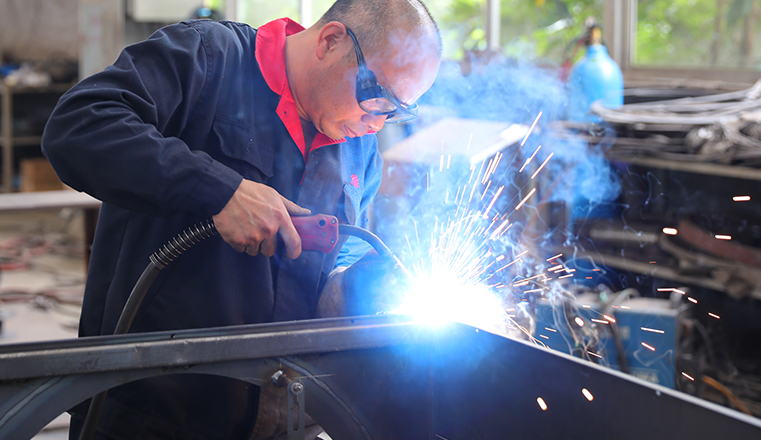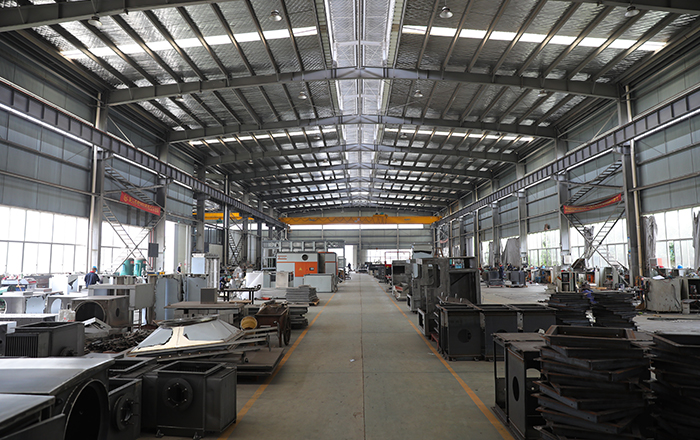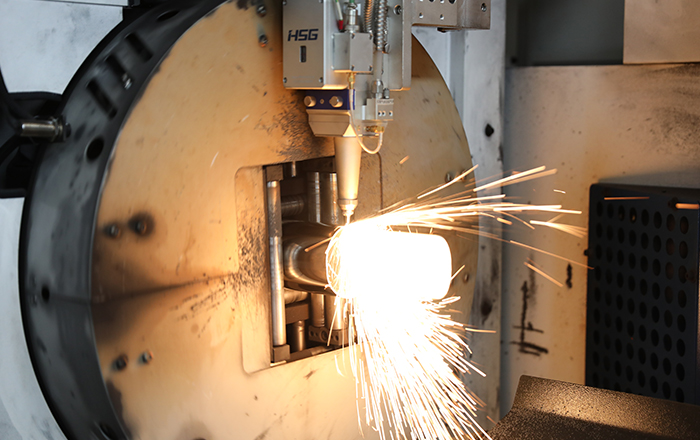The Essence of Non-Standard Customization
This approach to production is driven by the unique needs of clients, who may require specialized solutions tailored to their specific applications or preferences. Non-Standard Customization is a reflection of the diverse and evolving demands of the market, where one-size-fits-all solutions are often insufficient.
The essence of Non-Standard Custom lies in its ability to innovate and adapt. It allows for the integration of client-specific requirements into the design and manufacturing process, ensuring that the final product meets the exacting standards of the user. This could involve altering dimensions, materials, or functionalities to align with the client's vision. The process often involves close collaboration between the manufacturer and the client, with a focus on precision, quality, and the seamless integration of bespoke features.
The Role of Sheet Metal Non-Standard Custom
Sheet Metal Non-Standard Custom plays a pivotal role in the manufacturing process by providing bespoke solutions to complex design challenges. It allows for the creation of components that are not only tailored to fit the exact dimensions and specifications required by the client but also to meet the unique functional demands of their applications. This level of customization is crucial in industries where standard parts simply do not suffice, such as aerospace, automotive, and high-tech electronics.
One of the primary benefits of Sheet Metal Non-Standard Custom is its ability to enhance product performance. By creating components that are specifically designed for their intended use, manufacturers can ensure functionality and reliability. This is particularly important in safety-critical applications where the performance of individual parts can have a significant impact on the overall system.
Another advantage of Sheet Metal Non-Standard Custom is the potential for cost savings. While the initial investment in custom tooling and design may be higher, the long-term benefits of having components that perfectly fit the application can bring about reduced waste, improved efficiency, and lower maintenance costs.
Furthermore, Sheet Metal Non-Standard Custom contributes to the innovation within the manufacturing industry. It encourages designers and engineers to think outside the box and explore new possibilities in material usage, design, and functionality. This spirit of innovation is essential for the development of cutting-edge products that can compete in the global market.
Sheet Metal Non-Standard Custom is a vital aspect of modern manufacturing. It offers a high level of flexibility and precision that is essential for meeting the diverse and evolving needs of various industries. By embracing this approach, manufacturers can create products that are not only unique but also highly efficient and reliable, setting a new standard in the world of manufacturing.
Sheet metal processing is a manufacturing technique that involves working with thin, flat pieces of metal to create various parts and components. This process is widely used in industries such as automotive, aerospace, construction, and electronics due to its versatility and the ability to produce complex shapes with high precision. Here are some key aspects of sheet metal processing:
1. Cutting: The initial step often involves cutting the sheet metal to the required size and shape. This can be done using various methods such as shearing, laser cutting, plasma cutting, or water jet cutting.
2. Bending: After cutting, the sheet metal may be bent along straight or curved lines to form the desired shape. This is typically done using a press brake or a CNC (Computer Numerical Control) machine.
3. Forming: This process involves shaping the metal into three-dimensional forms, such as domes or cones, using tools like hammers, rollers, or presses.
4. Stamping: In stamping, the sheet metal is pressed into a die to create a specific shape. This is a common method for mass production of parts with complex geometries.
5. Punching: Holes or other cutouts can be made in the sheet metal using a punch and die set. This is often done in a CNC punching machine for precision and efficiency.
6. Welding: If necessary, the metal parts can be joined together using various welding techniques such as MIG (Metal Inert Gas), TIG (Tungsten Inert Gas), or laser welding.















